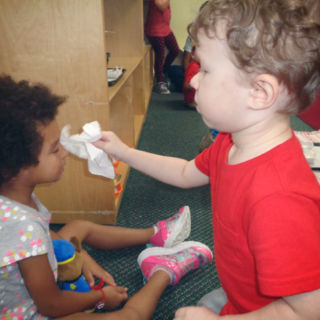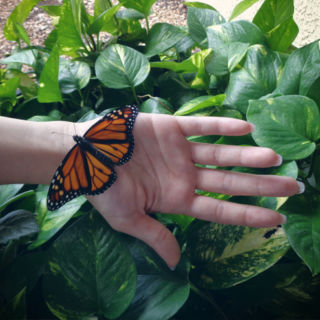
With each season, birthday, and school year in our classrooms there exists a pattern to each child’s individual growth. The pattern resembles a spiral; a continuous upward progression centered on an axis. The axis is the child’s environment (composed of the teachers and the materials). The spiral is the child’s development, through various areas of study that increase in complexity over time. While the teachers and materials remain constant, the child’s level of comprehension grows and builds on what he/she has mastered previously (thus, resembling an upward spiral).
Consider the importance of early concepts (the lower levels on the spiral) to the strength and continuity of a child’s spiral development. Early lessons are purposely presented in Montessori as concrete exercises, engaging all the children’s senses. As the children mature, the concrete learning takes place through purposeful integrated studies (linking language arts, sciences, mathematics, etc.). Learning is presented from concrete to abstract, in a spiral fashion and at the child’s individual pace. Over time, the levels of abstract learning become more complex.
Now envision a classroom of children and their individual spirals of development. Some spirals are longer than others; some spirals are larger in diameter; still other spirals have varying distances of separation between the levels. What a beautiful sight to behold: children learning naturally, spontaneously, at their own pace while developing a wholistic appreciation of the world. That is the beauty of Montessori.



